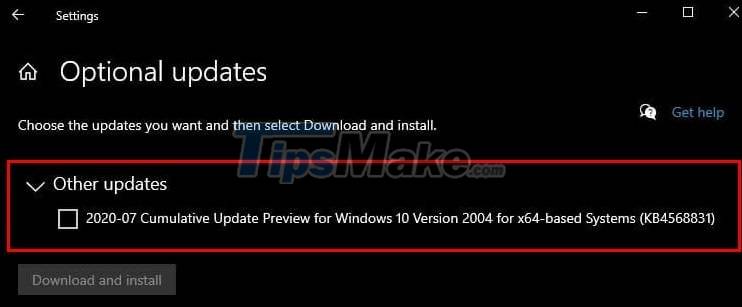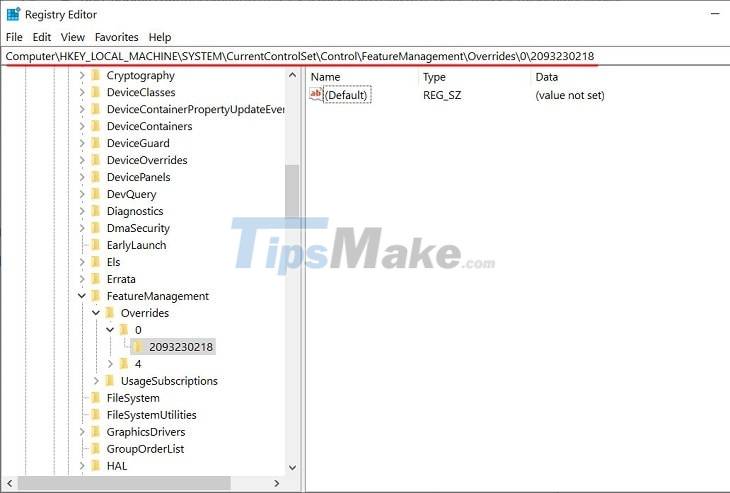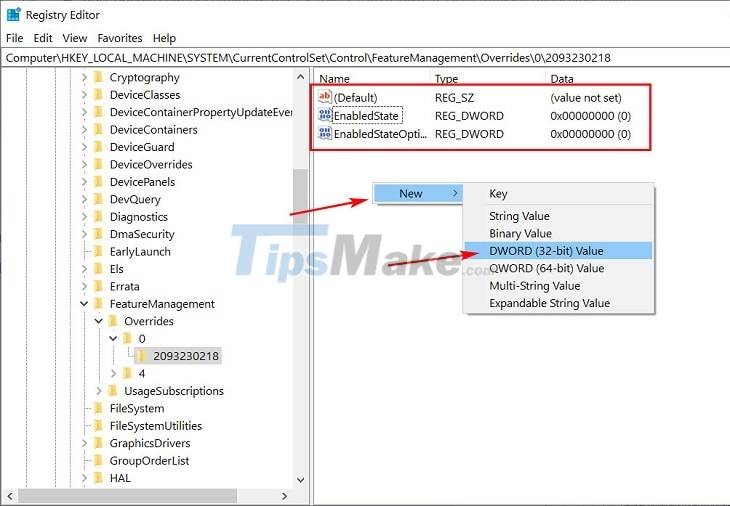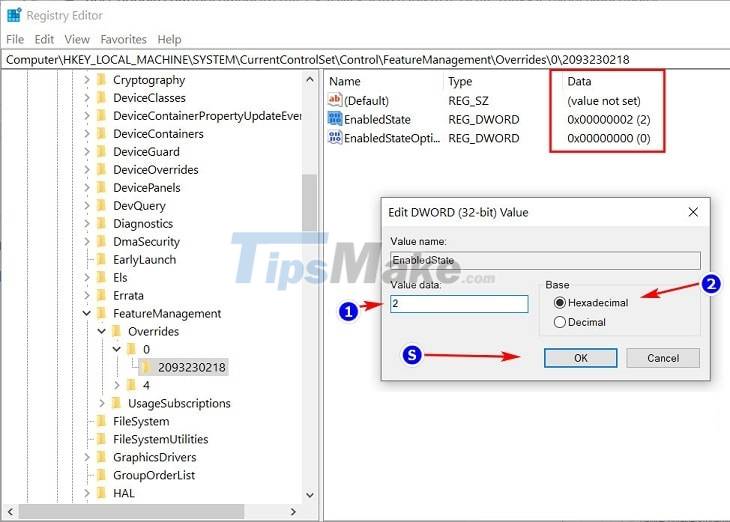Steps to activate the new START MENU interface on Windows 10
Start Menu is probably an element that is too familiar to those who use the Windows operating system developed by Microsoft, right?
Initially, the Start Menu was the place to contain the shortcuts (Shortcuts) of the software installed on Windows, but gradually it added more features, more changes and improvements through the update to bring the most convenience and usefulness in the working and entertaining process of users.
In addition to the new features, the Start Menu on Windows 10 is also getting more and more beautiful, a highlight in the interface of Windows 10 compared to other operating systems.
And in the most recent version of Windows 10 Version 2004, the interface of the Start Menu has been changed significantly. If you combine it with the trick that I'm about to share below, it will help you eliminate almost the final defects in the interface of the Start Menu.
#first. Introducing the new Start Menu interface on Windows 10
By now, most Windows 10 users have already received the 2004 update.
In addition to major upgrades in performance, features, security, Task Manager, Windows Settings, Virtual Desktops, Cortana . in terms of the interface this time, Microsoft focuses mainly on the interface of the Start Menu.
It will be redesigned according to Microsoft's new design language - Fluent Design, to create synchronization and seamless between Live Tiles.
The new icon set is also designed in this style, emphasizing the design language that Microsoft is actively applying in recent changes.
The difference between the new Start Menu and the old Start Menu is very clear as shown below, the new interface looks simple but extremely beautiful and sophisticated, isn't it.

But this new Start Menu interface has only been released by Microsoft through the KB4568831 code update as an optional update, so you must check in the Windows update => and select Optional Updates to be able to install.
Note: To enter the Windows Update section, press the Windows + I key combination => select Update & Security.
If you have not received this update when you have checked for Windows updates, you can visit here to download the offline installation of KB4568831.
And of course, you must have upgraded to Windows 10 version 2004 as well, these are 2 conditions that need to be fulfilled before going to the next steps in this tutorial.

#2. Instructions to activate the new Start Menu interface on Windows 10
Method 1: Do it manually
+ Step 1: First, open the Run dialog box => and enter the familiar command line regedit to open the Registry Editor on Windows.
You can also open the Registry Editor using the new Windows Search and Cortana on Windows 10.
You can try using Cortana on this new update, it's much more interesting and useful than before, but you have to write it fully as shown below, it will understand and do it for you!

Please also note that this article has made edits in the Windows Registry, so you should back-up the entire Registry to avoid the worst case, or you can also use the other way below.
+ Step 2: The Registry Editor window appears, go to the folder named 2093230218 in the Windows Registry by following the path:
HKEY_LOCAL_MACHINESYSTEMCurrentControlSetControlFeatureManagementOverrides2093230218
Because the path is quite long, you should copy and paste it into the address box => and press Enter for quick access (if you don't understand, see more here), you will get a folder with only one key named Default as shown below. below.
If you don't have this folder, go here and create a subfolder with the same name.

+ Step 3: You right-click on the right blank box and select New => DWORD (32-bit) Value to create a new value and name it EnabledState.
Then, you create a new value with the name EnabledStateOptions, after creating we will have 2 values as shown below.
If the name is not correct, you can right-click on that value => then select Rename to correct it correctly, wrong is not effective.

+ Step 4: Now, double click on each newly created value to change its parameters, the Value Data box you set as follows:
- EnabledState: You let it be 2
- EnabledStateOptions: You set it to 0
As for the Base part, you still keep the Hexadecimal => then click OK to confirm the change. That's it, now close this Registry Editor window and restart the computer for the changes to take effect.

And after performing the above steps with a little customization of the interface, this is the result I got. It looks pretty, isn't it guys :P, I'm also quite satisfied with the result.

Method 2: Use pre-made REG file (should use this way first)
In addition, if you do not like to edit the Registry because you are not familiar with computers, afraid of errors, etc., you can use the *.reg file you have created here, just double click on it => click OK, Yes … is already usable.
After running, remember to restart your computer to apply the changes!
Other websites with instructions on this trick also use the same REG file, but I was quite black when the other REG file didn't work, so I had to do it manually as on method 1.
If you use the REG file and it doesn't work, remember to check for Windows updates and use the manual method above.
Download the .reg file is available here: Link Google Drive / Link OneDrive / Link Mega
#3. Epilogue
So I have just finished showing you how to activate the new Start Menu interface on Windows 10 version 2004.
I find this new Start Menu interface quite beautiful, it makes me feel more excited every time I work on the computer.
You should read it
- Live Tiles will really go into oblivion if the Windows 10 20H1 Start Menu looks great like this
- This is the new Start Menu interface coming soon on Windows 10
- How to pin any file to Start Menu on Windows 10
- Back up Start Menu settings on Windows 10
- Instructions to customize your Start Menu bar on Windows 10
- 20 best tips for the Start menu and Taskbar in Windows 7

 Steps to fix the error of not opening Camera on Windows 10
Steps to fix the error of not opening Camera on Windows 10 Steps to fix Windows 10 crashes frequently
Steps to fix Windows 10 crashes frequently Steps to turn off the Windows 10 screen brightness auto-adjust feature
Steps to turn off the Windows 10 screen brightness auto-adjust feature How to download Windows 10 21H1 installer to USB
How to download Windows 10 21H1 installer to USB How to create multiple folders at the same time on Windows 10
How to create multiple folders at the same time on Windows 10 Steps to backup GPU settings for Windows 10 apps
Steps to backup GPU settings for Windows 10 apps